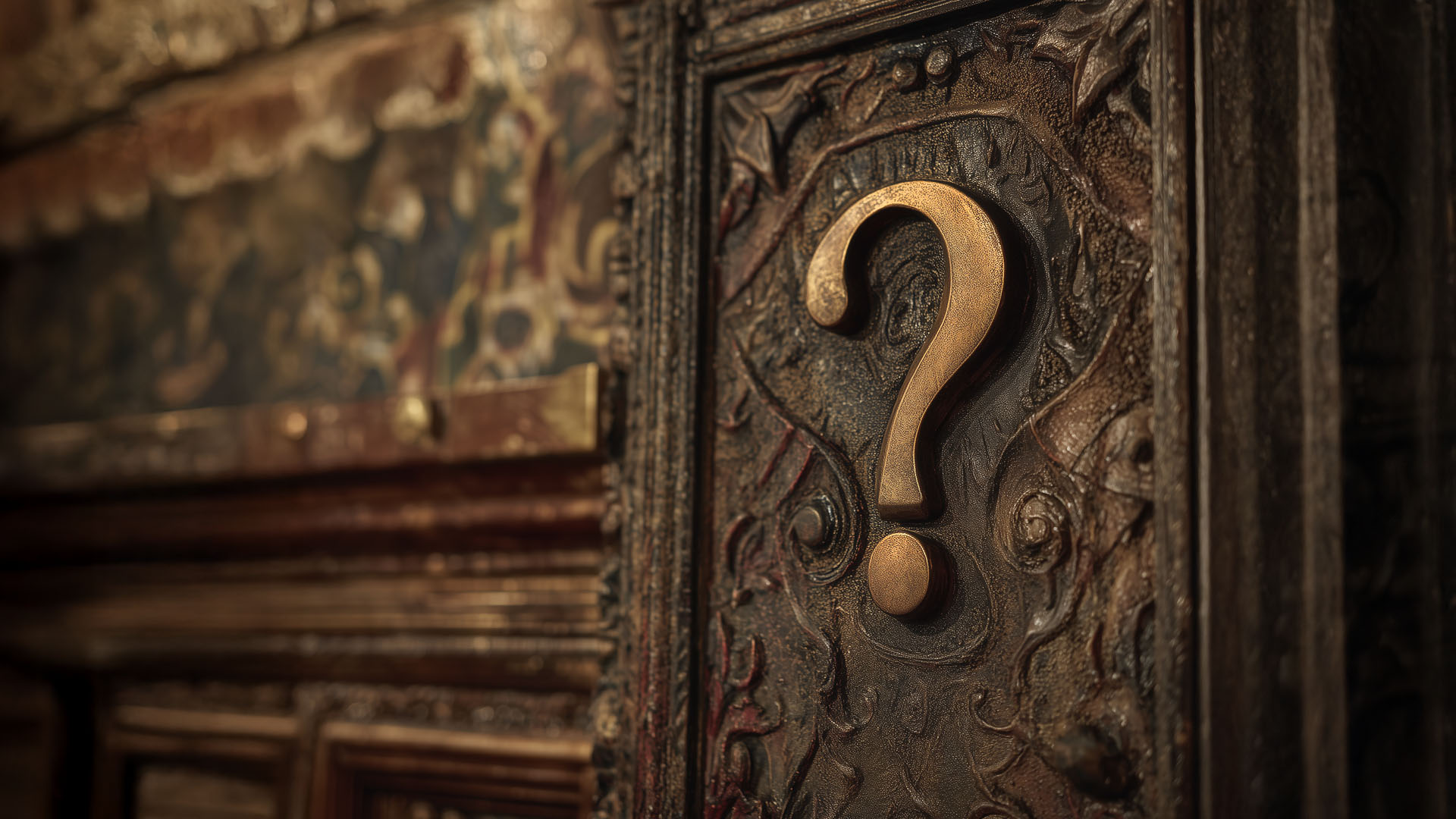Escape rooms have been popular for years, but the format is increasingly being embraced by historical and cultural attractions worldwide to tell specific stories in immersive, interactive ways that engage visitors like never before.
At their core, escape rooms are interactive experiences where groups solve puzzles to progress through a narrative-driven adventure. While traditional escape rooms focus on “escaping,” the potential applications of the format are virtually limitless - particularly when applied to history and culture.
In recent years, historical escape rooms have been appearing with growing frequency worldwide. Escape The Past in Edinburgh, UK, has built its business entirely around the city’s darker history. Visitors can, for example, step into the basement study of a 19th-century anatomist and uncover the secrets of Edinburgh’s grave-robbing era for themselves. This approach allows attractions to capitalise on local history, standing out from competitors.
Elsewhere, historical escape rooms are being used to re-energise existing attractions. Inveraray Jail recently launched an escape game to give visitors a hands-on sense of life in an 1850s debtors’ prison — providing a novel, immersive experience that appeals especially to younger audiences with shorter attention spans.
Some escape games are permanent, while others operate as “pop-ups,” offering fresh news stories and marketing opportunities for established venues. The Antarctic Mysteries game at Discovery Point in Dundee, for example, lets visitors step into the shoes of the historic ship’s crew, creating a memorable interactive encounter.
Whether as part of a core business model, an add on to an existing attraction, or as pop-up event, historical escape rooms are set to continue growing in popularity, offering visitors new and immersive ways to connect with the past.


